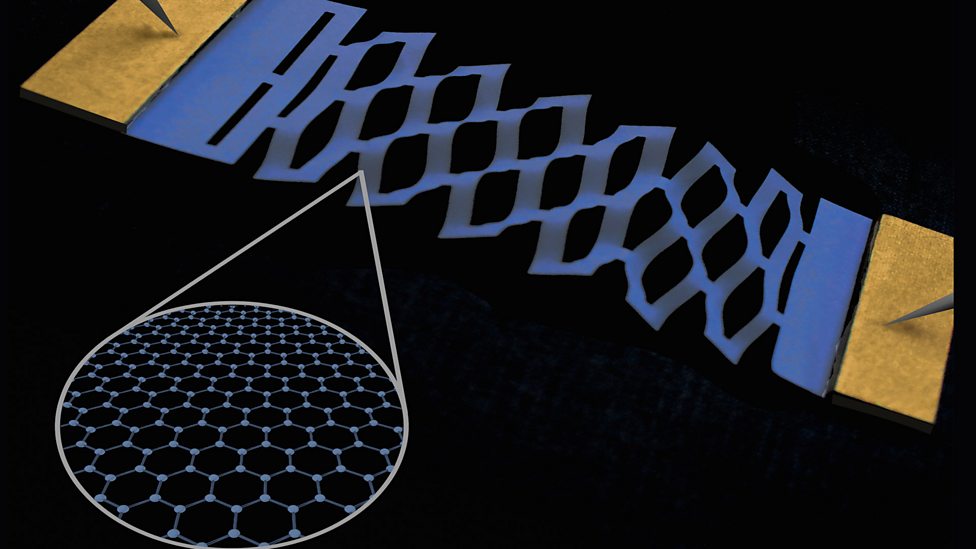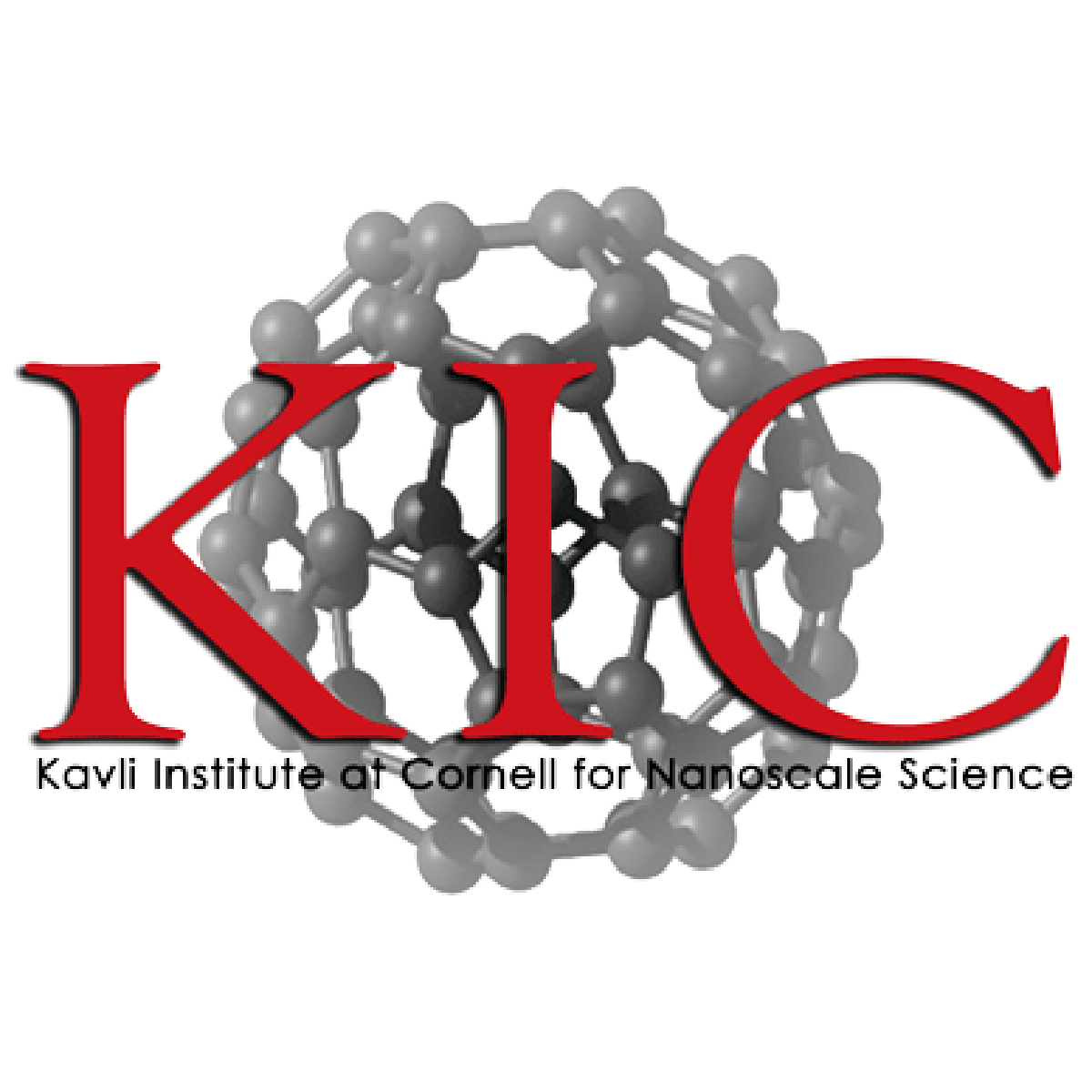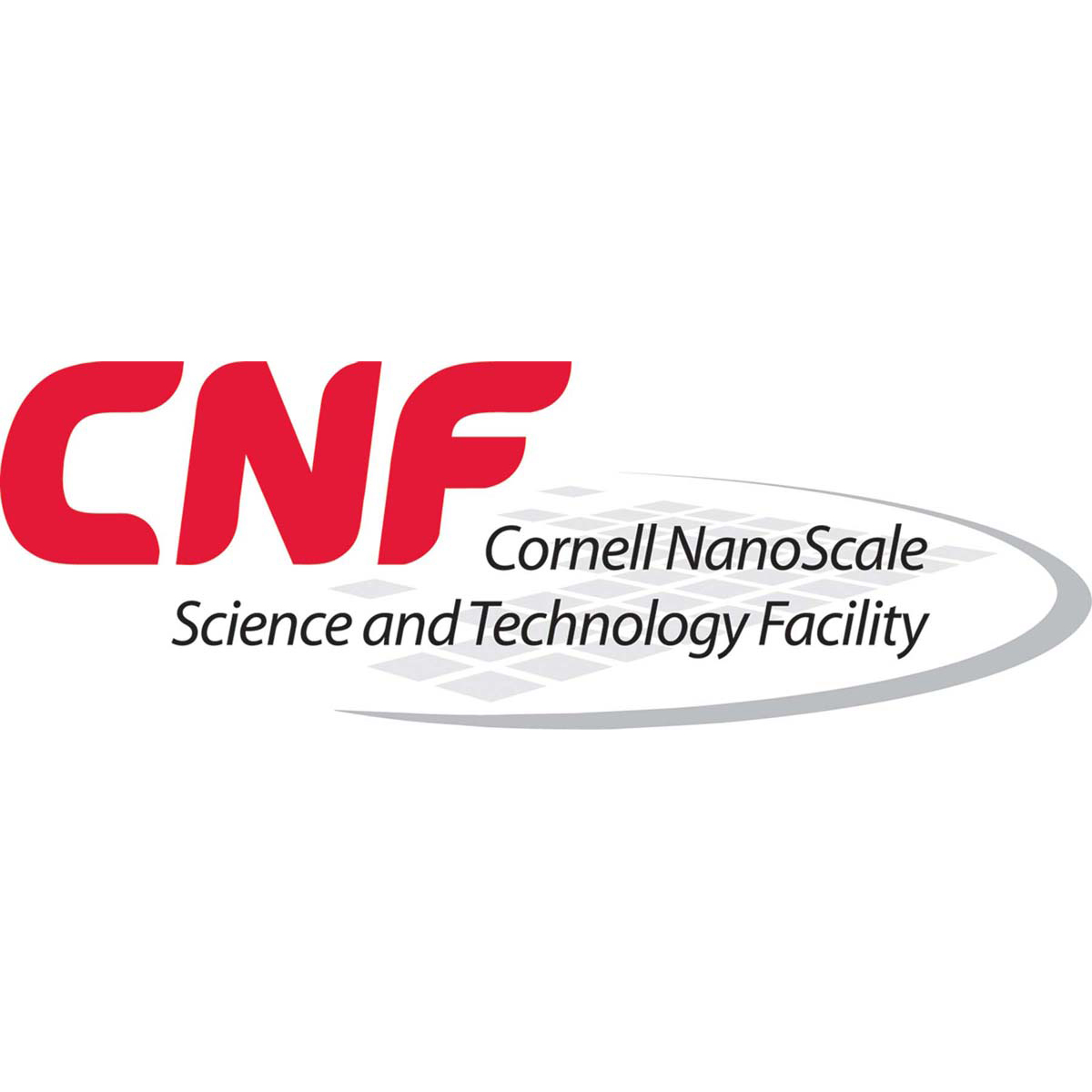Fundamentals of nanostructures

How are small things different? Our group explores the fundamental properties of zero, one, and two-dimensional materials using a combination of electronic, optical, mechanical and imaging techniques (sometimes we have to invent the technique.) Recent work includes the first measurement of the valley Hall effect in 2D semiconductors and tunable excitons in bilayer graphene.
Atomically-thin origami for metamaterials and micromachines

Origami and Kirigami provide a general approach to designing metamaterials and micromachines. Our group pioneered the use of 2D materials for atomically thin paper arts, and current work focuses on active, self-folding systems. For example, a nanometer-thick layer of glass on a graphene sheet makes a bimorph that folds in response to a change in pH.
Microscale smart phones and optobots

What if we could make wearable electronics for cells? Or injectable systems that could swim to a location, record information, and communicate it back to the macroworld? Our group is working to push the internet of things to the cellular level using systems with integrated electronics, optics, and mechanical actuation. The current platform integrates LEDs and photovoltaics with CMOS chips/graphene transistors and ultrathin bimorphs to create cell-sized sensors with optical I/O that can record and report neural signals, etc.


